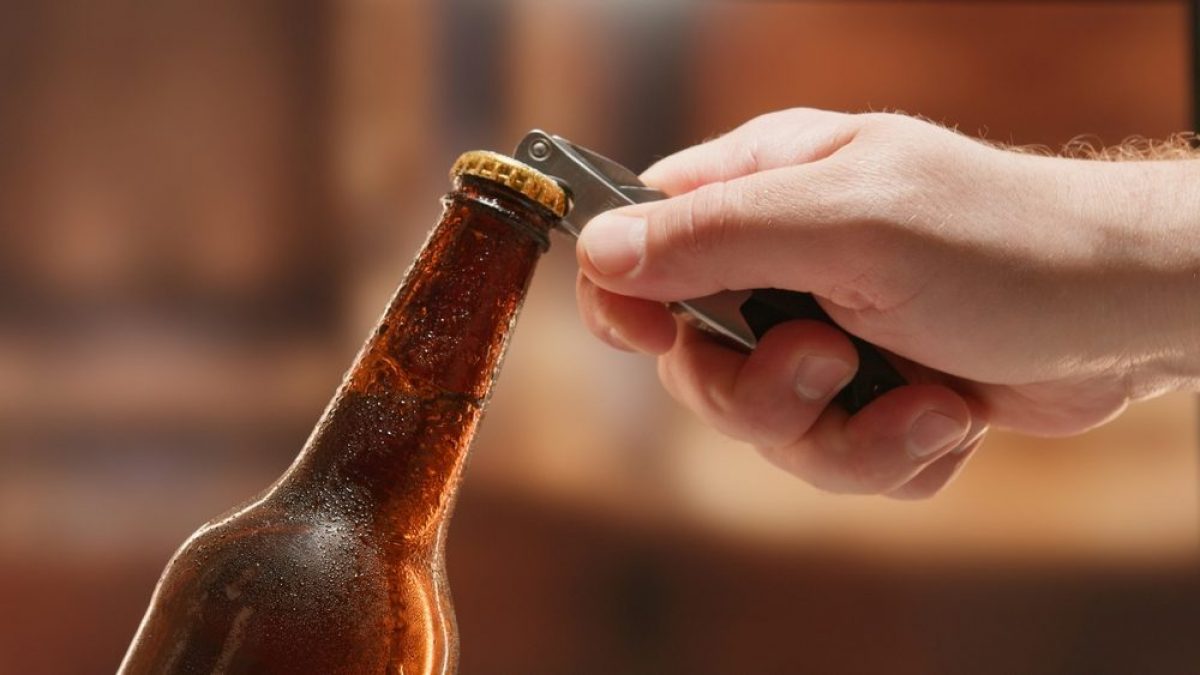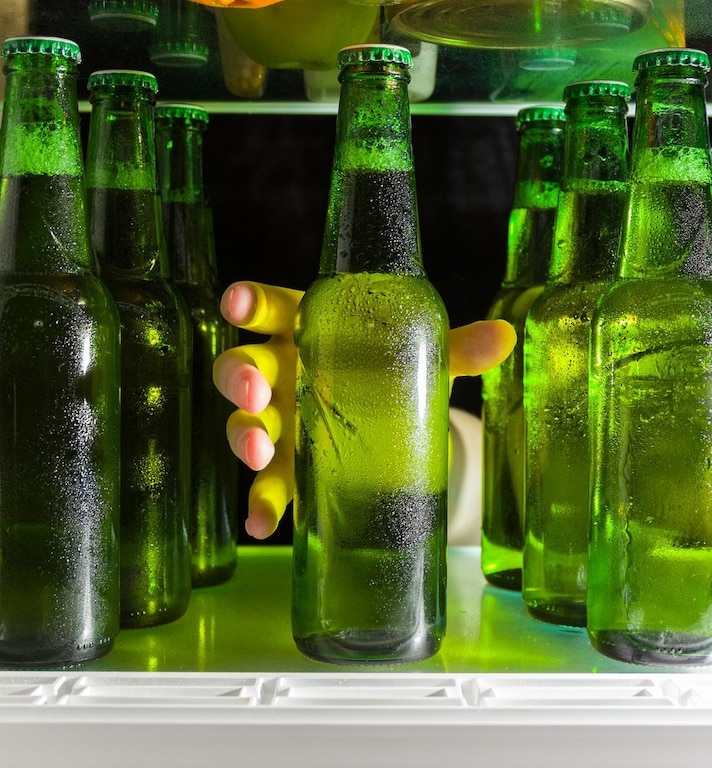
When picking up a bottle of beer, non-beer enthusiasts often don't notice, but the color of the glass can change, and it's not a random choice. On the contrary, it has a very specific function, closely tied to the preservation of the product. In most cases, in fact, beers are bottled in dark glass —especially brown or green —not for purely aesthetic reasons, but for protection: the threat, in this case, is light. Let's see why.
Beer is a beverage that has been produced for millennia, but it remains delicate, rich in aromatic and volatile compounds that can easily deteriorate if exposed to light sources or excessive heat. In particular, ultraviolet (UV) rays are capable of triggering a chemical reaction between certain acids derived from hops (one of the main ingredients of the beverage along with wheat, barley, and yeast) and the sulfur molecules present in the beer. The result is a photodegradation that generates an unpleasant odor similar to that emitted by a skunk, an animal famous for its repulsive fragrance: in jargon, this defect is referred to as skunked beer, or a "lightstroke." Dark glass, and in particular amber (brown) glass, acts as a barrier against these radiations present in the environment, blocking them and protecting the organoleptic characteristics of the beer.
Simply put, the color of the bottle serves to keep it fresh, as if it were a shield against premature aging and oxidation. Since we're talking about a food that tends to lose its freshness over time, optimal storage prefers cool, dark, and dry environments, away from high temperatures.
Green or Brown: What's The Difference?
Being lighter, green bottles are less functional than brown ones, but they have a deep connection with tradition and, consequently, with marketing, as highlighted in a CNN article. Historically, some of the most well-known European brands have used green glass in their packaging because it was economical, a detail that now makes them recognizable: until 1960, in fact, the cause of the skunking phenomenon had not been discovered. It is an identifying feature that is difficult to give up.

Why Do Clear Bottles Exist?
The question at this point is legitimate. If beer in green bottles is already less protected, why are there even transparent bottles? The answer must be sought, once again, in commercial logic: here, the protagonist is the color of the beer, an important element in some categories – such as unfiltered, cold-filtered, or flavored craft beers – which becomes a means of advertising storytelling, visually describing the product. To overcome the problem of light, some brands are focusing on innovative materials, such as transparent glass specially treated to block the action of ultraviolet rays, protecting the contents.
;Resize,width=767;)
